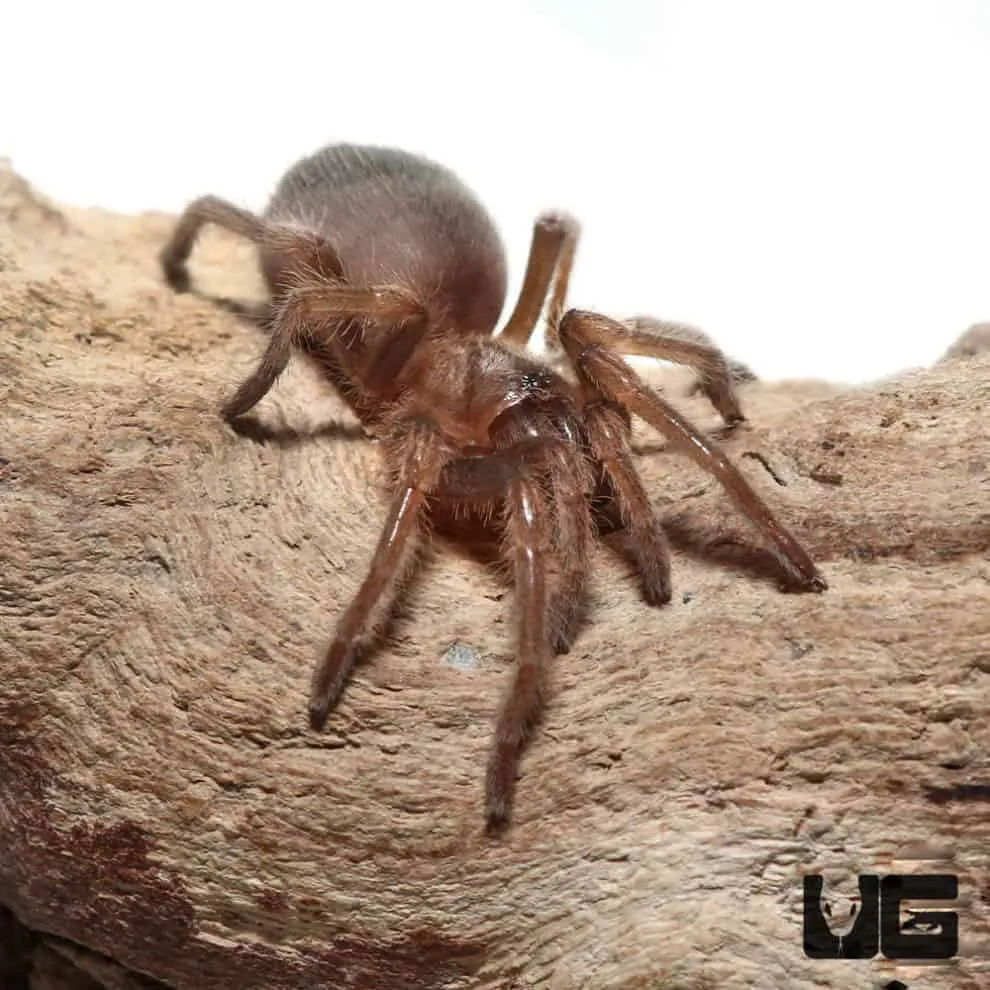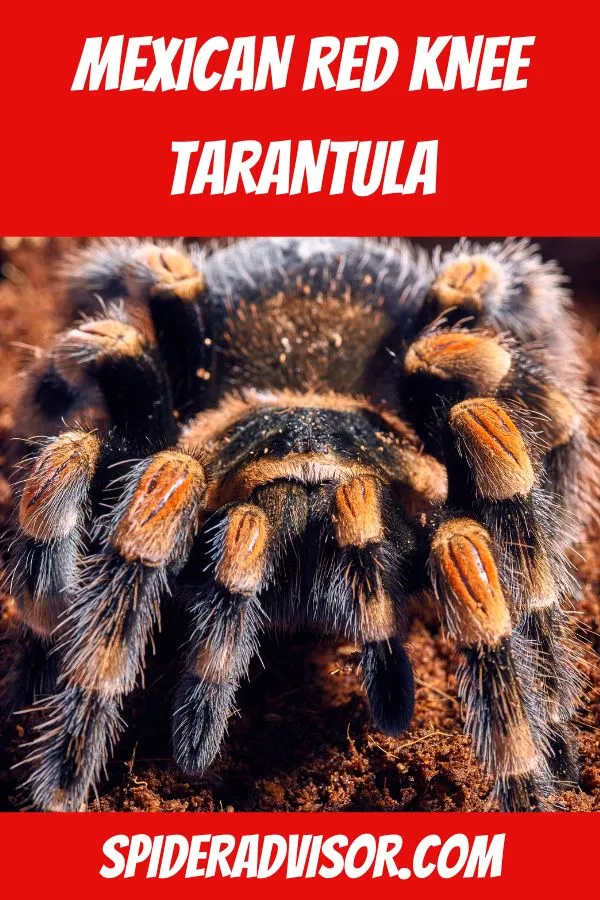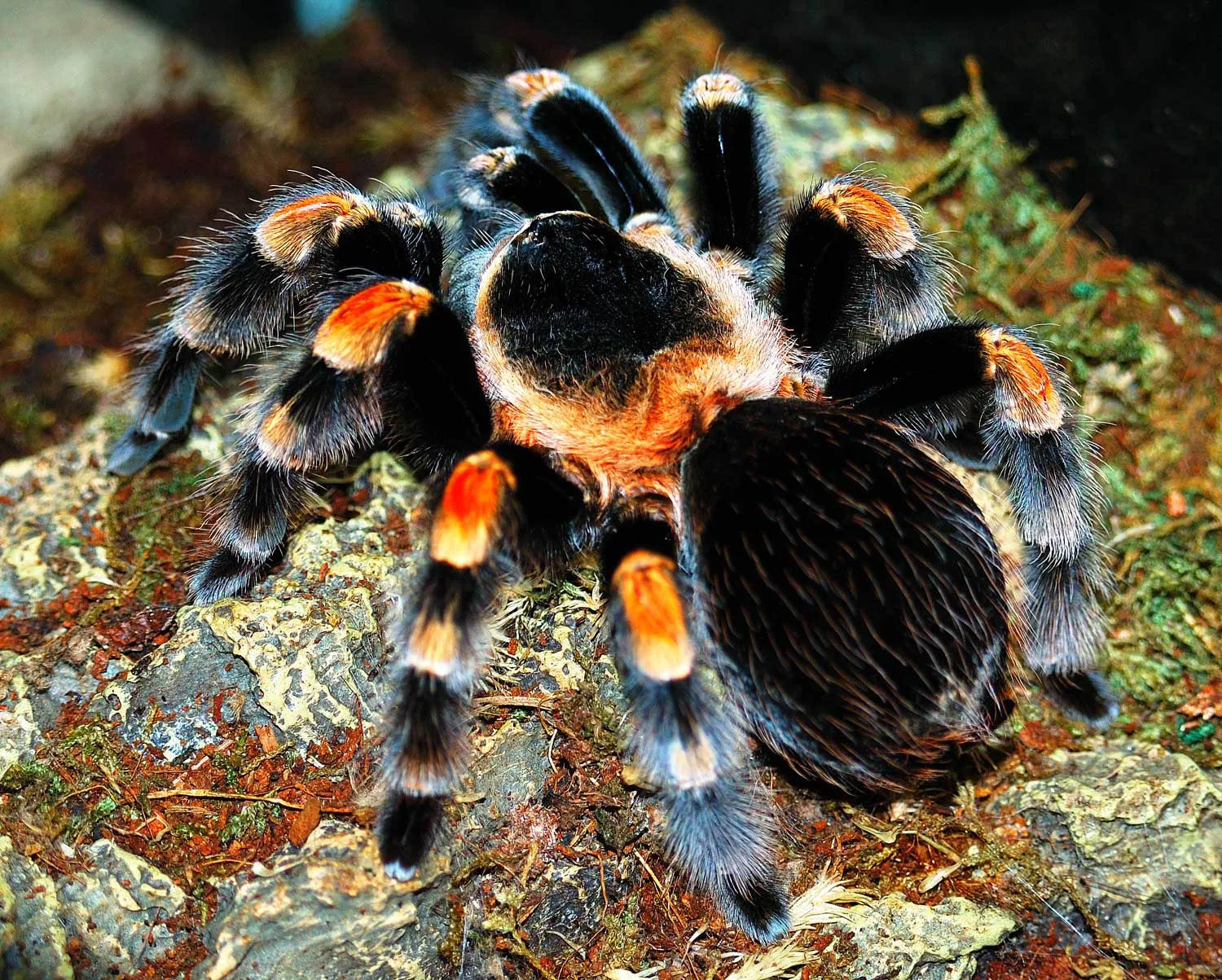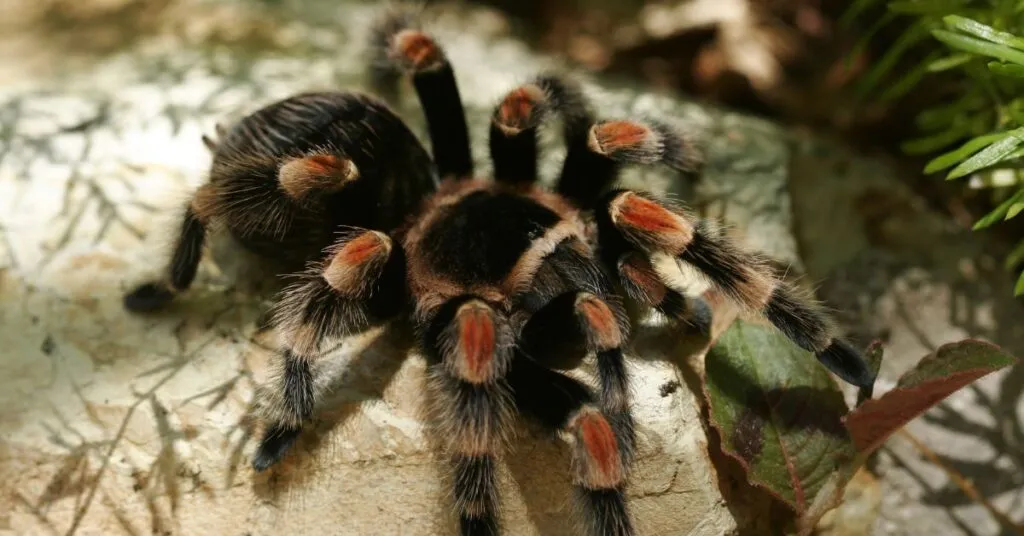Mexican Red Knee Tarantula 5 Amazing Facts
The Mexican Red Knee Tarantula (Brachypelma hamorii) is a captivating creature, revered by arachnid enthusiasts worldwide. Known for its striking appearance and relatively docile nature, this tarantula has become a popular pet choice. But beyond its beauty lies a fascinating life filled with intriguing behaviors and unique characteristics. Here are five amazing facts that showcase the wonder of the Mexican Red Knee Tarantula.
Appearance and Characteristics
The Mexican Red Knee Tarantula is instantly recognizable due to its vibrant coloration. Adults display a dark, velvety black body contrasted by striking red-orange markings on their leg joints, giving them their namesake red knees. These vibrant colors serve as a warning to potential predators, signaling their ability to defend themselves. They are covered in urticating hairs, which they can flick off their abdomen as a defense mechanism. These hairs cause skin irritation and discomfort in potential threats, adding to the tarantula’s impressive defense strategy. The body structure consists of two main parts, the cephalothorax (fused head and thorax) and the abdomen, covered in a tough exoskeleton.
Size and Lifespan

These tarantulas are known for their impressive size. Females typically reach a leg span of up to 5–6 inches, while males are usually slightly smaller. The lifespan of the Mexican Red Knee Tarantula is also noteworthy. Females can live for an impressive 20–30 years, making them a long-term commitment for any pet owner. Males, on the other hand, have a shorter lifespan, typically living for 5–10 years after reaching maturity. This difference in lifespan is a key factor for potential owners to consider when choosing a pet, ensuring they are prepared to provide care for a significant period.
Habitat and Origin
As the name suggests, the Mexican Red Knee Tarantula originates from the arid scrublands and tropical deciduous forests of the Pacific coast of Mexico, specifically the states of Guerrero and Michoacán. In their natural habitat, they burrow underground, creating deep retreats in the soil where they spend most of their time. They prefer a terrestrial environment with a moderate humidity level, essential for their health and well-being. The wild populations are facing threats due to habitat loss and collection for the pet trade. Conservation efforts and responsible pet ownership are vital to ensure the survival of these amazing creatures.
Temperament and Behavior
Mexican Red Knee Tarantulas are known for their relatively docile temperament, making them a popular choice for beginner tarantula keepers. They are generally not aggressive but can become defensive if threatened. They primarily hunt at night, ambushing their prey, such as insects and small invertebrates. When threatened, they may flick urticating hairs as a defense mechanism. It’s essential to handle these spiders with caution and respect, as they are still wild animals. Regular handling is not recommended unless necessary for enclosure maintenance or health checks. Observing their behavior is a fascinating aspect of owning a Mexican Red Knee Tarantula.
Care and Maintenance

Caring for a Mexican Red Knee Tarantula is relatively straightforward, but requires careful attention to detail. They need a well-ventilated enclosure, typically a 10–20 gallon terrarium, with a substrate of coco fiber or a mixture of peat moss, vermiculite, and soil. The enclosure must provide a hide or burrow for the tarantula to feel secure. Maintaining the appropriate humidity level is crucial; the ideal range is between 60–70%. This can be achieved by misting the enclosure regularly. A shallow water dish should always be available for drinking. Temperature should be kept around 75–85°F (24–29°C). Proper care ensures a healthy and happy tarantula, allowing you to enjoy their unique presence in your home.
Feeding Habits
Mexican Red Knee Tarantulas are carnivores and primarily feed on insects. Crickets, mealworms, and roaches are common food sources. The frequency of feeding depends on the tarantula’s age and size; juveniles should be fed more often than adults. Typically, adults are fed once or twice a week. It’s important to remove uneaten food to prevent mold growth and maintain a clean environment. Avoid overfeeding, which can lead to obesity and health problems. Always provide fresh, clean water for your tarantula. Observing the tarantula’s feeding habits provides insight into its overall health and well-being, and is a vital part of responsible pet ownership.
Enclosure and Housing
Creating the right enclosure is crucial for the well-being of a Mexican Red Knee Tarantula. A suitable enclosure should provide enough space for movement and exploration. The substrate should be deep enough to allow burrowing, which is natural behavior for these tarantulas. Ventilation is essential to prevent mold and maintain healthy air quality. Decorations like cork bark, artificial plants, and hides enhance the enclosure’s aesthetic and provide enrichment for the tarantula. Secure the enclosure with a tight-fitting lid to prevent escape, and place the enclosure in a quiet area away from direct sunlight. Proper housing not only provides a suitable environment but also allows you to observe these fascinating creatures in a way that reflects their natural habitat.
Molting Process

Molting is a natural process in which tarantulas shed their exoskeleton to grow. During this time, the tarantula becomes vulnerable. You will notice that the tarantula stops eating and may appear lethargic. It will often lie on its back. It’s crucial to avoid disturbing the tarantula during the molting process. Provide a stable temperature and humidity, and do not feed the tarantula until its new exoskeleton has hardened. After molting, the tarantula’s colors may appear brighter. It’s also important to note that the old exoskeleton can be a fascinating keepsake. The molting process is a sign of a healthy, growing tarantula, and understanding this process is an essential part of tarantula care.
Common Health Issues
While Mexican Red Knee Tarantulas are relatively hardy, they can be susceptible to certain health issues. These include mites, fungal infections, and dehydration. Regularly inspect the tarantula and its enclosure for signs of problems. Provide the right humidity to prevent dehydration and promote healthy molting. If you suspect a health issue, consult a veterinarian with experience in exotic animals. Prevention is the best medicine, so keep the enclosure clean, provide appropriate care, and maintain optimal environmental conditions. Being observant and proactive can help ensure your tarantula lives a long and healthy life. Recognizing and addressing common health issues helps ensure a positive ownership experience.
The Mexican Red Knee Tarantula is a captivating creature, and understanding its unique characteristics and needs is key to providing proper care. From its striking appearance to its docile temperament, this tarantula continues to be a popular choice for pet owners. With the right knowledge and dedication, you can enjoy the fascinating world of these amazing creatures. Always prioritize the well-being of your tarantula, and you’ll be rewarded with a unique and rewarding pet ownership experience.
